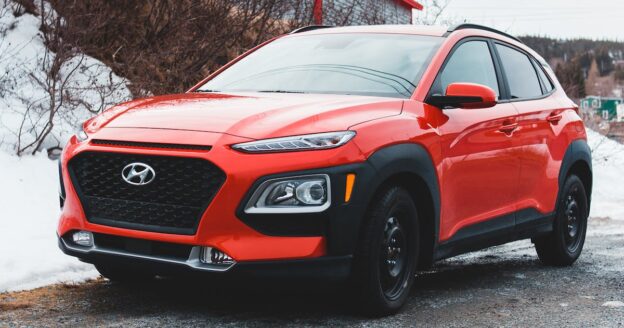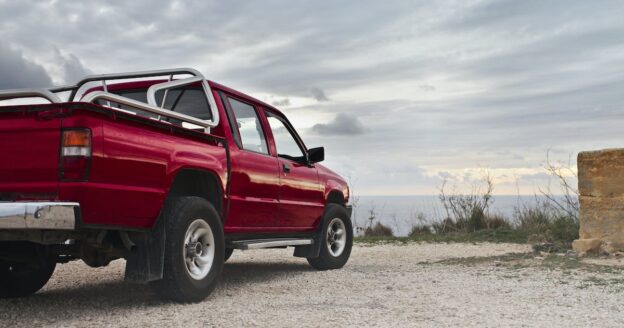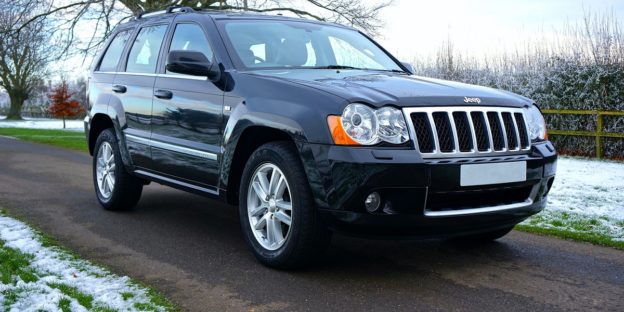Purchasing a repossessed vehicle can offer a unique opportunity to acquire a car at a potentially lower cost, but it comes with its own set of challenges, especially when it comes to financing. If you’re considering financing the purchase of a repossessed vehicle, here are some valuable tips to help you navigate the process and make informed decisions.
Understand the Repossession Process
Before diving into financing, it’s crucial to understand the repossessed vehicle’s history. Know the reasons for repossession, its current condition and any potential issues that might affect the vehicle’s value and performance. Many repo cars are in great condition, but it’s still important to do your due diligence. Since there is no warranty, you’ll inherit whatever problems the vehicle has.
Check Your Credit Score
Assess your credit score before seeking financing. A higher credit score can help you qualify for better interest rates and loan terms. If your score is lower, take steps to improve it before applying for a loan. If you don’t have time to wait, expect higher interest rates. A low credit score doesn’t make buying a vehicle impossible!
Research Financing Options
Explore various financing options, including traditional banks, credit unions and online lenders. Some institutions specialize in providing loans for repossessed vehicles, and they may be more willing to work with individuals who have experienced financial challenges.
Budget and Affordability
Establish a clear budget that takes into account the cost of the repossessed vehicle, taxes, fees and potential repair costs. Ensure that the monthly payments fit comfortably within your budget to avoid financial strain. Buying a new car is exciting, and it’s tempting to go overboard, but you’ll have this payment for years to come.
Consider a Pre-Approval
Obtain pre-approval for a loan before shopping for a repossessed vehicle. Pre-approval provides a clear understanding of your borrowing capacity and allows you to negotiate with confidence when making a purchase. Pre-approvals can be especially attractive when placing a bid.
Down Payment
Save for a substantial down payment. A larger down payment not only reduces the amount you need to finance but can also improve your chances of securing favorable loan terms. Creative ways to save for a down payment include getting a second job (Uber, Lyft), trading in your current car, refinancing your home or automating your savings.
Explore Specialized Lenders
Some lenders specialize in financing repossessed vehicles. Research and contact lenders who have experience with these types of transactions, as they may be more flexible in their loan terms. Some of the sellers on RepoFinder.com do exactly this!
Shop Around for Rates
Don’t settle for the first financing offer you receive. Shop around and compare interest rates, loan terms and fees from different lenders to ensure you secure the most favorable financing package. Doing this in advance gives you time to make the best decision.
Inspect the Vehicle Thoroughly
Before finalizing the purchase, thoroughly inspect the repossessed vehicle. Consider obtaining a professional mechanic’s inspection to identify any potential issues that might impact its value and safety.
Read and Understand Loan Terms
Carefully review and understand the terms of the loan agreement. Pay attention to interest rates, repayment schedules, and any additional fees. Seek clarification on any terms that are unclear before signing the agreement.
Negotiate for Better Terms
Don’t be afraid to negotiate with the lender for better terms. If you have a good credit history or a substantial down payment, you may be in a position to secure more favorable interest rates or flexible repayment terms.
Be Wary of Predatory Lenders
Exercise caution and be aware of potential predatory lenders. Some lenders may take advantage of individuals seeking financing for repossessed vehicles. Ensure that the lender is reputable and transparent in their dealings.
Get Financing and a New Repo Vehicle
Financing a repossessed vehicle requires careful consideration, research and financial planning. By following the tips above, you can make a well-informed decision that aligns with your budget and financial goals.
Shop for repossessed vehicles on RepoFinder.com. We have a large directory of banks and lenders selling their repo inventory at a discounted rate. Many are also able to provide financing for a one-stop shopping experience!







